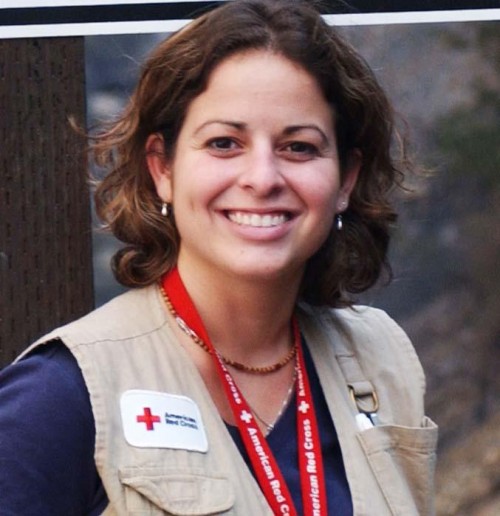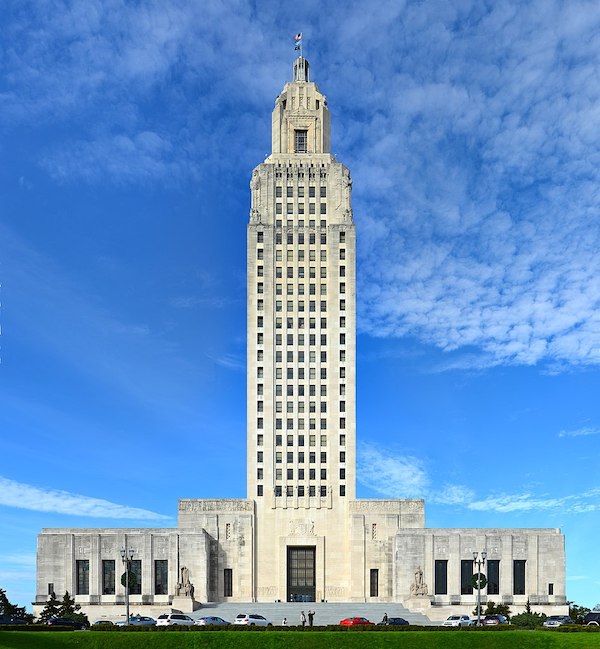
Haiti’s hardship helped by local charities
February 11, 2010Nina Furlow
February 15, 2010The Tri-Parish Times was given the chance to interview Bonnie Gillespie, a relief worker on the ground in Haiti. As media coverage of the event dwindles, relief organizations on the ground in Haiti are faced with a maze of infrastructure and logistical issues as they try to get supplies to some of the more remote areas rocked by last month’s earthquake.
Tri-Parish Times: I’m trying to get a picture from on the ground. So, tell me what’s the latest that happens down there?
Bonnie Gillespie: Here, from an overall vantage point, things are looking better. There’s now heavy equipment out removing debris and people are moving around. I’ve been here about a week, and just in my short time here I’ve seen the activity across the city of Port-au-Prince really pick up, but that’s not in anyway to minimize the scale of the disaster and the amount of destruction that’s here.
We went out to a new neighborhood for relief distribution this morning and it was just decimated. It was up in the hills around Port-au-Prince and I just hadn’t seen that level of destruction. Up into the mountain it’s just pretty catastrophic. Every building to every other building is just wiped out. There are small tent camps still everywhere.
From the Red Cross side, we are going full speed. There’s probably over 30 different Red Cross partners from all over the world here we have a big network of global affiliates all working to support the Haitian Red Cross Society.
I think in total, I’m not even sure of the numbers, but several hundred staff and volunteers working around the clock. We’ve distributed today over 130,000 relief items was the number I got last night, and that is shelter kits, which are basically a kit help people cope in the interim. There are shovels, tarps, tent materials and rope, anything that they can use to help them live where they’re living. They’re living outside the ruins of their homes, or within the ruins of their homes; others are living some small camps.
So there’s some sheltering supplies, blankets, hygiene kits with soaps, shampoos, things like that. Household items like jerry cans for water, mosquito nets, buckets. Really, if you can think of it as people starting to work from the ground up, what are the basic supplies that they would need to start with, because that’s unfortunately the state of Haiti’s people. Those are the sorts of things the Red Cross is working literally, I can testify, around the clock to get these supplies out.
We’re also trucking water; we’re up to over 1 million liters of water a day. The needs are enormous, and there are hundreds of other organizations here on the ground and we’re all working as hard as we can to keep coordinating, to keep working with the Haitian government, and all the other international entities involved.
The cool thing about the Red Cross is that the Haitian Red Cross here is a strong national society, and actually the American Red Cross, specifically, has been in Haiti for several decades, so when this happened, we were able to move really quickly because we already had teams here in country.
But, yes, it is an ongoing effort. As far as the pipeline of supplies, we’ve got a lot of things in country now, but the issue still remains that we have the challenge of actually getting them out to communities. A lot of the roads are impassable; a lot of the trucks are not the most reliable vehicles on earth. So we’re still really wrestling, trying to get the goods out to the people once we’ve finally got them in country.
I have worked a lot of natural disasters both domestically and overseas, and I have never seen this scale of logistical challenges that we face here. It’s just really mind boggling, but we are doing our best, coping, modifying, being flexible and changing plans to come up with strategy after strategy about the quickest, most efficient way to get supplies out to people. There remains a lot of work to be done but we’re doing our very, very best.
TPT: I had read before that there was a lot of trouble at the airport and the port itself was pretty hard hit. Has that been overcome somewhat just yet?
Gillespie: It’s dramatically improved. The airport particularly, the capacity has really picked up. I think in the past few days, as I’ve been asking, we’ve gotten at least one flight in a day, a big cargo plane of relief supplies. Also, a huge ship arrived just over the border in the Dominican Republic, one of the nearest ports that wasn’t impacted at all. It’s about a three hour truck drive away, and it had supplies from, I think, seven different Red Cross societies, the American Red Cross included, on that particular boat. And what they do is truck things in from, whether it’s a port that is operational or from Santo Domingo. We have warehouses in both places, both here in Port-au-Prince and Santo Domingo shipping stuff over. There’s a constant convoy of trucks coming across land. So, we’ve found some alternative ports to use, like the one I mentioned, but also the Colombian Red Cross has a pipeline kind of set up coming from their side where they’re bringing in large vessels for supplies, and then bringing supplies to the shore, actually on the beach. So where there’s a will there’s a way, right? There are parts of the ports that are navigational, but nothing is working for the larger vessels, so they’re just sending small ships out and they’re bringing those supplies back to land, loading them straight on to trucks and bringing them straight into the communities.
TPT: So how close are we to the point where they turn around from just sort of getting over the disaster itself to starting to really rebuild?
Gillespie: That’s a tough question. I think that’s always in the back of a relief workers mind, especially in something like this where there’s such immense structural damage and you also have to have in mind what transitional sheltering is going to look like and then how we’re going to get people back into permanent homes.
Bonnie Gillespie – Red Cross relief worker in Haiti








